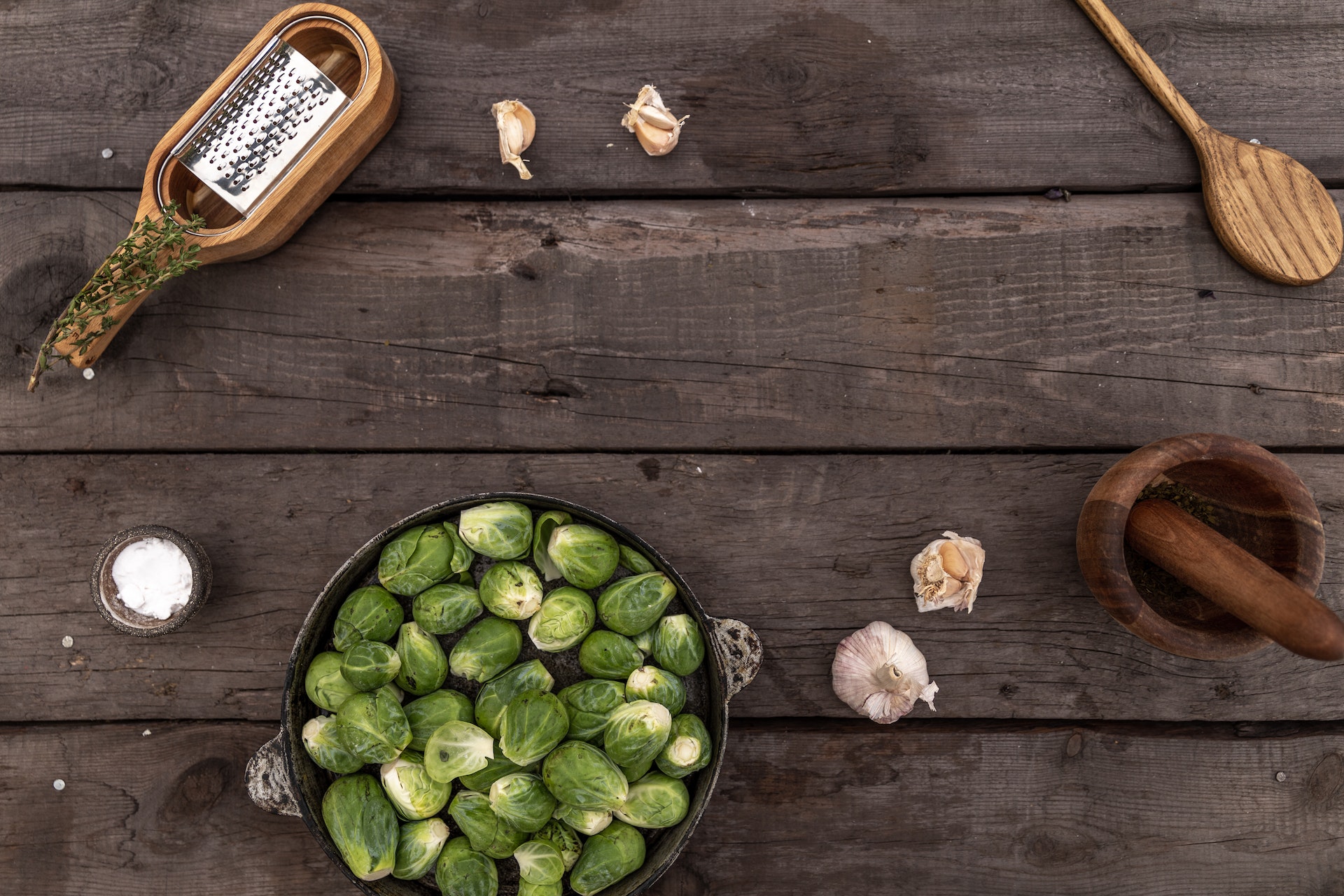Growing food in winter is as rewarding as any other time of the year, if not more. Seasons bring a bounty with them, and harvesting your labors provides a satisfaction that is hard to come by doing anything else. From protecting crops to learning seasonal cooking, here are some tips.
Sow Seeds at the Right Time
There are some vegetables that are ready to harvest in the late fall and winter. But some can take a long time. Brussels sprouts, for example, are a winter favorite and used for Christmas dinner. But you need to sow the seeds in spring because they take so long. It also helps to prepare your lawn and garden area for sowing. Using services like a mower shop ensures you can have your equipment repaired, prepared, and ready to go for the season ahead.
Protect Crops from Furry Thieves
People love eating vegetables because they taste great and provide nutrition. But so do animals. Some of the worst little thieves that can steal your vegetables are extensive and include foxes, rabbits, and deer. It is inhumane to kill animals just for trying to survive. So, some humane ways to protect your crops include sprinkling cayenne pepper around the area, hanging strong-smelling soaps from nearby branches and fences, and erecting small fencing.
Manage Water when Growing Food in Winter
Watering plants is a significant part of crop and plant care, but you can under or overwater them. Yellowing leaves are a sign you are overwatering them, and dried-out brown leaves can indicate underwatering. It can be hard to get this right because all plants are different, and the weather can add to the issues. The good news is that almost all can be reduced within one to two weeks if you provide the proper necessary care. Hydroponics and other irrigation systems can help.
Keep an Eye on the Temperature
Getting the right amount of sunlight is key to photosynthesis with plants. But temperature can also play a role. There are some plants that can survive the winter and get through it below 28°F. These include kale, broccoli, and sprouts. Fortunately, these are also the kinds of plants that you might want to eat more of in winter as they go great with roasts and provide iron B and D vitamins. You can grow some beans in winter, but these will die with a freeze under 33°F.
Learn How to Use Your Food
Why would you grow crops if not to use them in your cooking? This is one of the best delights of farming, and there is not a supermarket on the planet that can come close to the satisfaction, taste, and connection to your own crops. Right from farm to table is how it should be. The best way to use your hard-grown crops is to cook seasonally. This includes using a mixture of hard and versatile crops and the crops that will grow the best naturally over the cold season.
Summary
Sowing the seeds at the right time is key to growing crops in winter. Managing the amount of water will also help keep them alive and well, and seasonal cooking uses your crops well.
